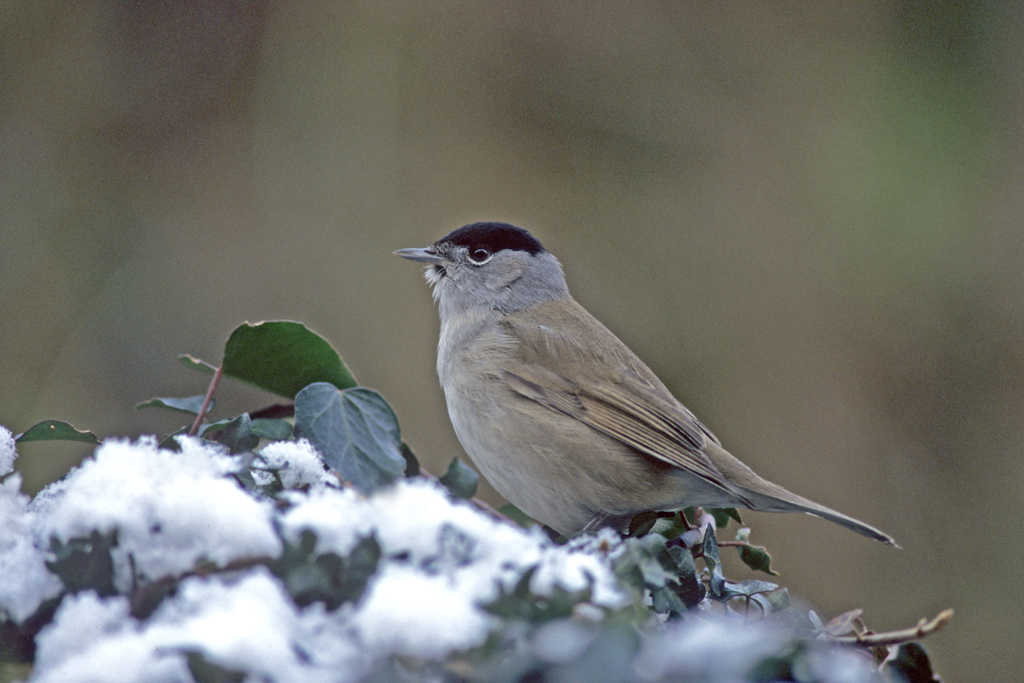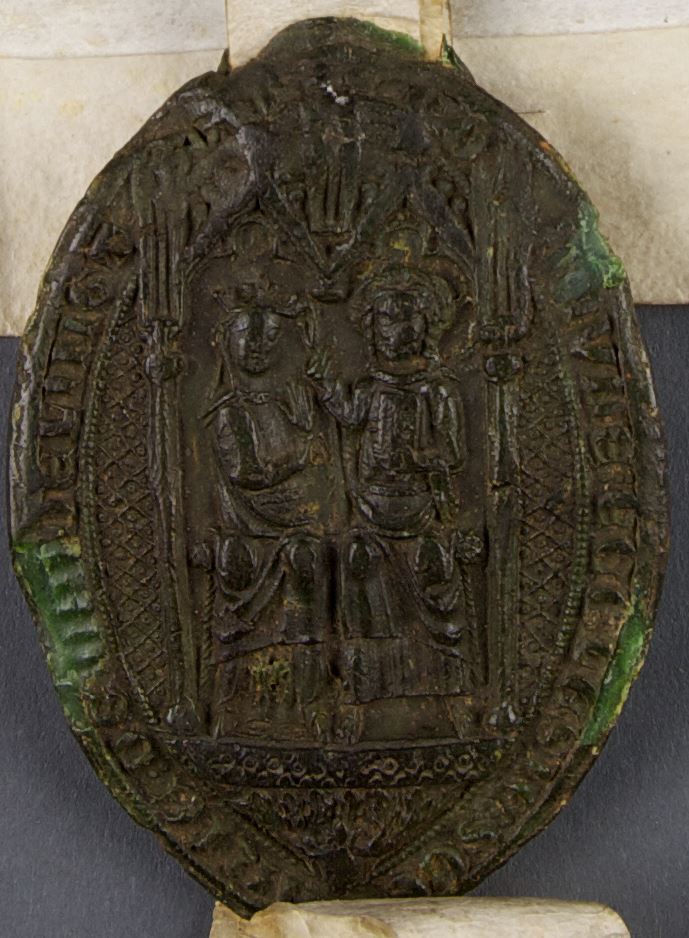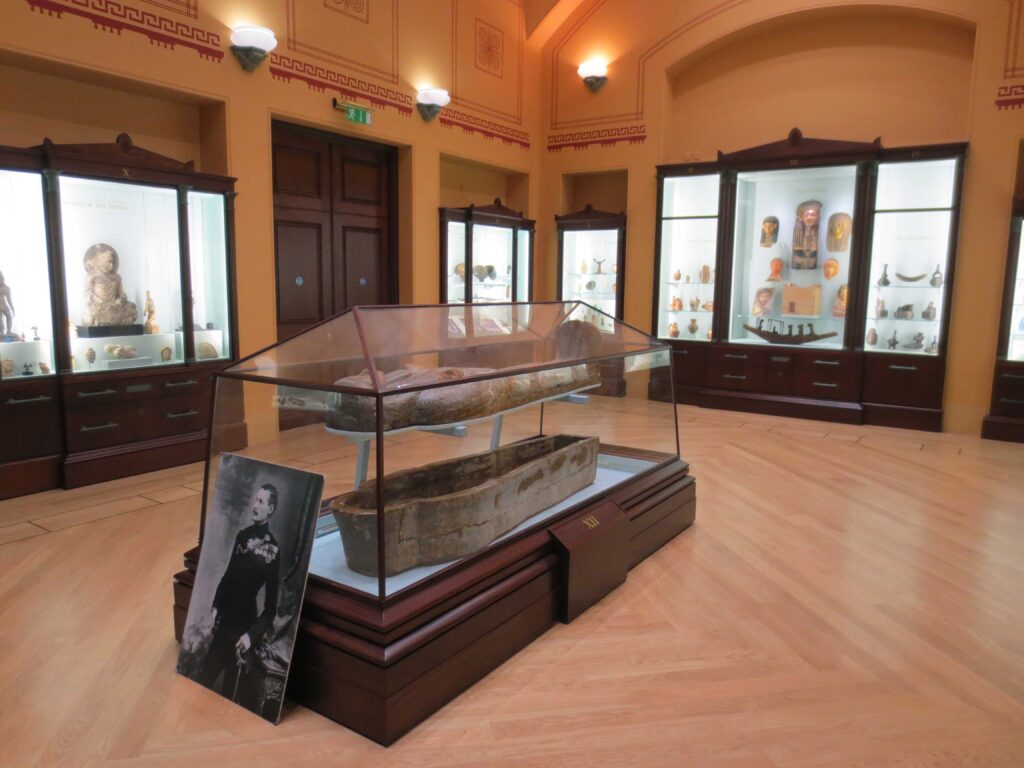Eton’s Natural History Museum in South Meadow Lane was built to hold the Thackeray Collection, one of the largest collections of stuffed birds in Victorian Britain. Much of that collection is still in the Museum, over 160 years later. One of my favourite stuffed birds is our Blackcap, and one of the quiz questions that we ask children when they are doing the ‘treasure hunt’ around the Museum is to answer the question, what colour head does the female Blackcap have? The answer, of course, is not black (that would be too obvious!), but a beautiful chestnut brown.
Blackcaps are warblers that have markedly changed their behaviour over the last fifty years or so. Prior to 1960 it was very rare to see a blackcap in winter in the UK, but the RSPB now estimate that some 3,000 birds overwinter here compared to the 1 million or more pairs that take up residence in summer. So though they are widespread throughout Berkshire in the summer, I was delighted to welcome a male Blackcap as a regular visitor to my garden birdfeeder (containing sunflower hearts) over the Christmas period. It is also partial to the fallen apples that I leave on the lawn. In the summer Blackcaps typically feed on insects before transitioning to berries and other fruit in the autumn.
The Berkshire Bird Atlas notes the species arriving in the county in November and December. Many of our overwintering Blackcaps come from Central Europe and, in particular, Southern Germany. These migratory movements are known from ringing studies. These involve captured birds being fitted with a uniquely-numbered, lightweight metal ring on their leg that can then be read and reported if they are ever found or caught again. Studies show that our summering Blackcaps, on the other hand, arrive from March onwards and then depart for Southern Europe and North Africa. Some ringed birds have been recovered from as far as Senegal, though Morocco and Tunisia are more common destinations, apparently.
Few of us give any thought to the amazing journeys that some of our garden birds make in one calendar year!
George Fussey, Curator

Photo courtesy Brian Clews.



